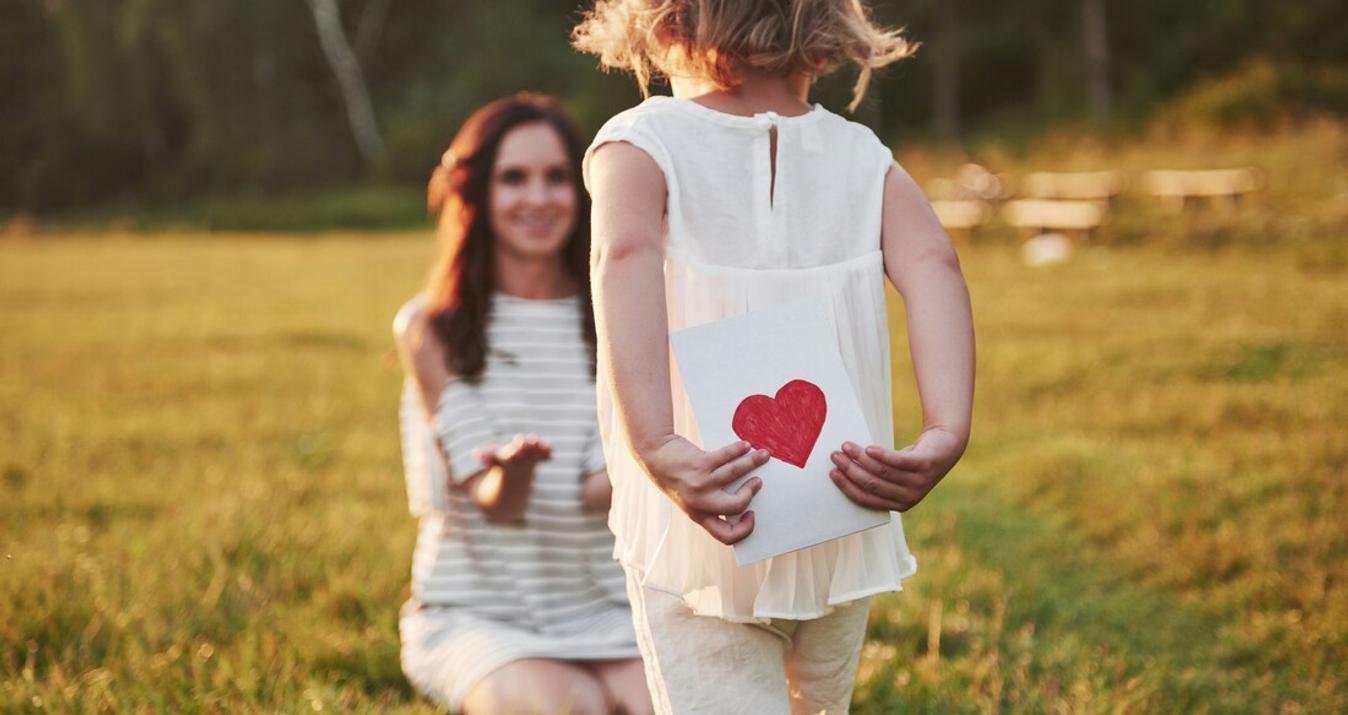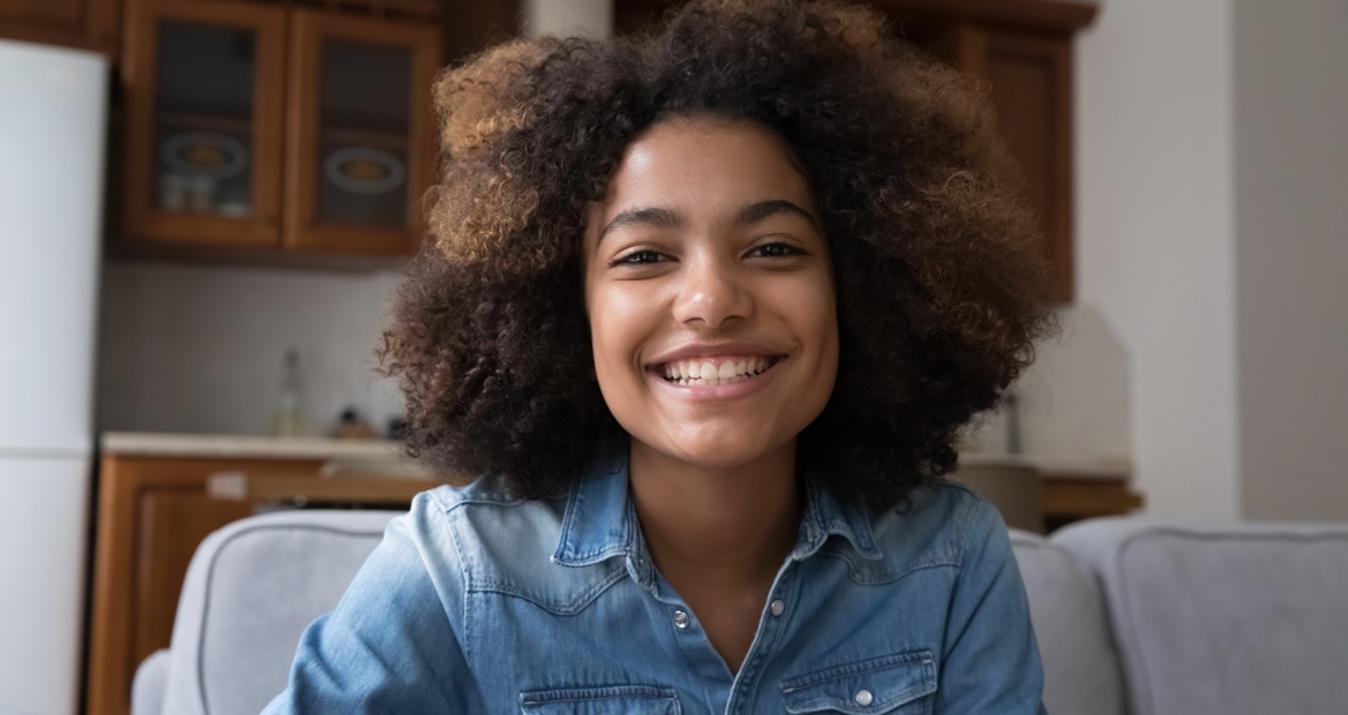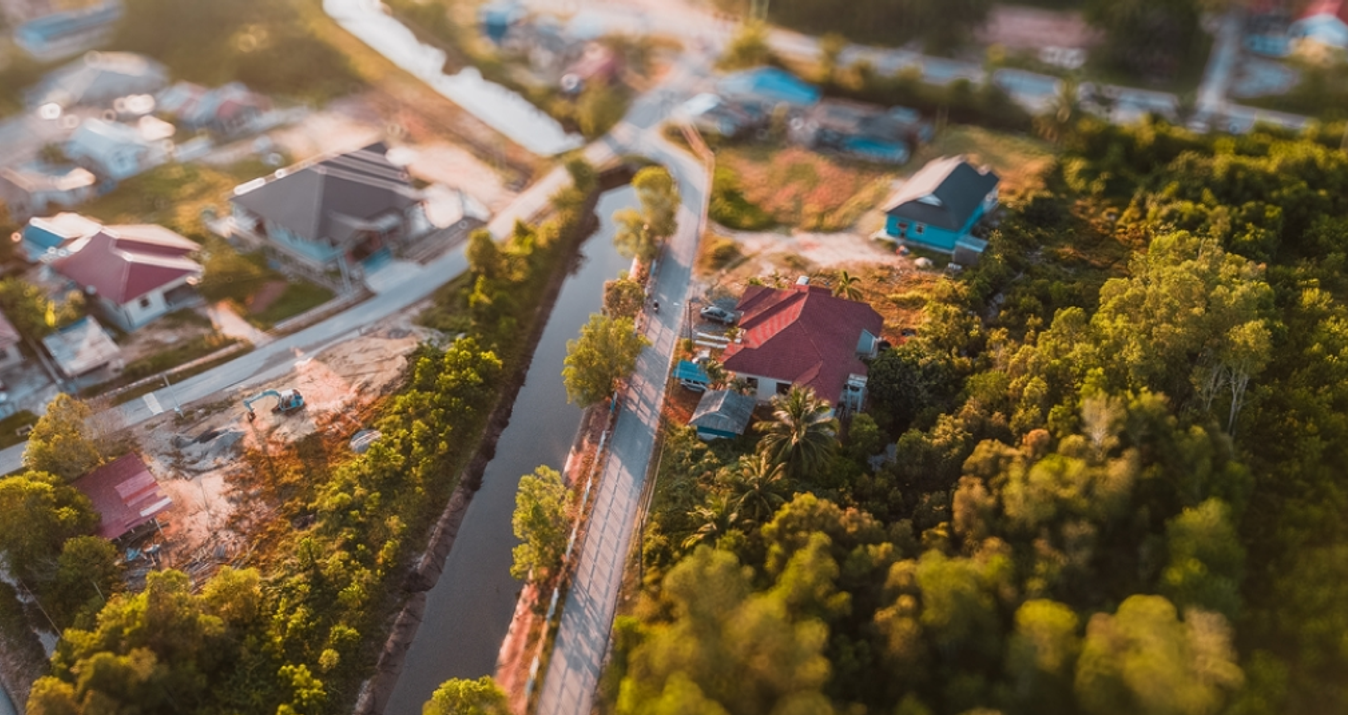Aerial Drone Photography: Tips, Techniques & Tools for Stunning Shots
Last Updated on October 13, 2025
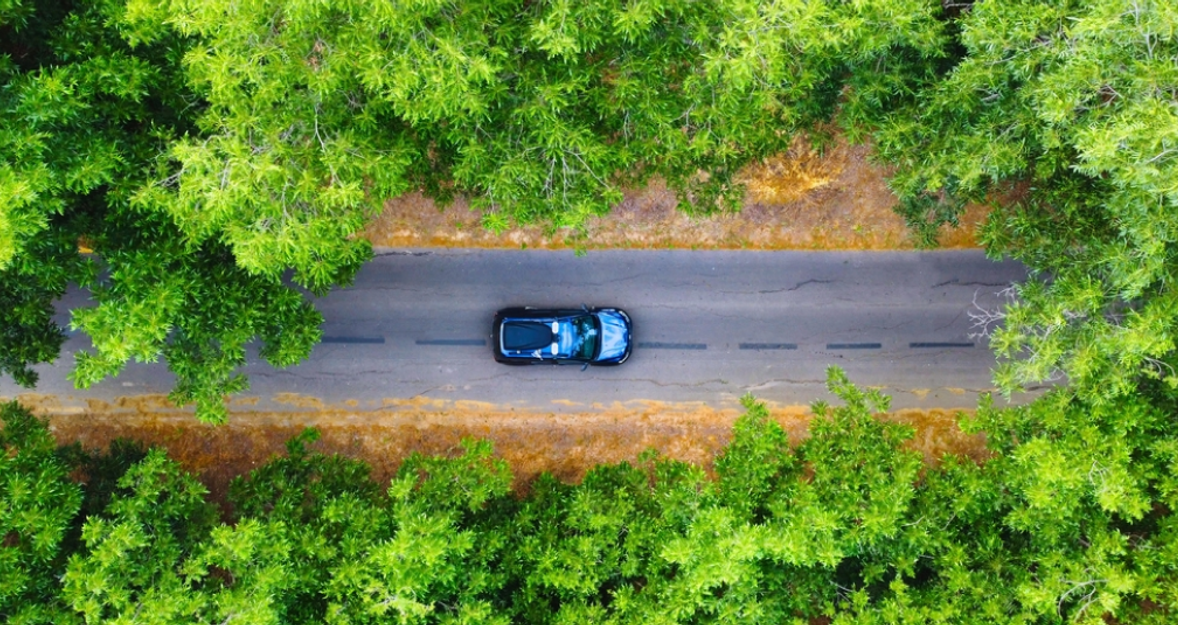
Learn aerial drone photography with practical tips, techniques, and tools. Capture stunning shots from above and improve your drone photography skills.
Drone aerial photography has emerged as a Big Bang in shooting. They have high-end cameras and provide a versatile and agile platform through which to shoot magnificent images from high heights. This new method of approach has revolutionized the real estate, surveying, and filmmaking industries. Are you ready to learn more? Read the article.
Getting Started with Aerial Drone Photography
Drone aerial photography can be achieved through different methods, yet the most popular and convenient one is using landing pads and drone apps. How can you get started with that? We will tell you now.
Your AI-Powered Photo Editor for MacOS and Windows
Discover Now!Basics of Drone Aerial Photography
 Drone aerial photography is not limited to the usual views and can offer an insight into the environment that could not be offered by ground-based photography. Start by getting to know the flying stability, GPS mode, and safe airspace laws. After settling down, focus on composition, light direction, and horizon balance. Aerial photography requires the integration of sound aerial flight skills and capable photographic fundamentals.
Drone aerial photography is not limited to the usual views and can offer an insight into the environment that could not be offered by ground-based photography. Start by getting to know the flying stability, GPS mode, and safe airspace laws. After settling down, focus on composition, light direction, and horizon balance. Aerial photography requires the integration of sound aerial flight skills and capable photographic fundamentals.
Choosing the Right Drone for Photography
At any specialized store, you'll find drones, small and large. Some are about the size of your palm. Choosing a drone for beginners can be challenging. The main parameters to consider are:
flight range;
RAW support;
focal lengths;
GPS;
pricing.
For quality aerial photography, pick drones with gimbal stabilization, RAW capture, and long flight time. Beginner-friendly option, the DJI Mini 4 Pro offers portability, while models like the DJI Mavic 3 have better lenses and dynamic range.
Equipment and Accessories
 It requires ND exposure adjustment filters, additional batteries in case of a long shoot, a spare propeller, a landing pad to ensure safety, and a big memory card. A robust case cushions gadgets and makes them available whenever professional shoots are to be conducted in diverse environments.
It requires ND exposure adjustment filters, additional batteries in case of a long shoot, a spare propeller, a landing pad to ensure safety, and a big memory card. A robust case cushions gadgets and makes them available whenever professional shoots are to be conducted in diverse environments.
Safety and Legal Considerations
You may be startled to learn that drones require a license. Unmanned aerial aircraft are defined as such regardless of their purpose or function. That is why it matters most that one comprehends the subtleties when acquiring a drone.
Drone Regulations in Your Area
 Unmanned aerial vehicles (UAVs) have their own regulatory framework and classification. The latter is dependent on their size, weight, and intended use. For example, drones built for photography and military use have separate registration procedures. This is typical in any country. Some instances are provided in the table below.
Unmanned aerial vehicles (UAVs) have their own regulatory framework and classification. The latter is dependent on their size, weight, and intended use. For example, drones built for photography and military use have separate registration procedures. This is typical in any country. Some instances are provided in the table below.
Country | Max height, m | Weight registration, kg | Airport distance prohibits, miles |
Argentina | 122 | More than 0.5 | 3 |
Brazil | 122 | More than 0.25 | 5 |
Colombia | 152 | More than 0.25 | 3.1 |
Australia | 120 | More than 0.25 | 3.1 |
United Kingdom (UK) | 120 | More than 0.25 | 3 |
United States (USA) | 122 | More than 0.25 | 2.4 |
Suppose you live outside the European Aviation Safety Agency (EASA) Member States and plan to fly a drone in Europe. In that case, you must register with the National Aviation Authority of the first EASA country you operate from. For flights outside Europe, follow each country’s national UAV laws and regulations.
Tips for Safe Flying
 Although in the old-fashioned type of photography, the photographer starts with location scouting and takes the first shots, drone filmmakers have a bit of different rules to follow. In addition to basic advice on using appropriate equipment, the Federal Aviation Administration (FAA) in the United States identifies the following challenges in aerial drone photography:
Although in the old-fashioned type of photography, the photographer starts with location scouting and takes the first shots, drone filmmakers have a bit of different rules to follow. In addition to basic advice on using appropriate equipment, the Federal Aviation Administration (FAA) in the United States identifies the following challenges in aerial drone photography:
insufficient preflight preparation and planning;
problems accelerating and/or maintaining aircraft speed;
inability to see and avoid objects or obstacles;
misjudging distance and speed;
choosing an inappropriate location.
This list highlights the need for ongoing training to improve pilot skills. For instance, flying in a nature reserve and striking a bird can result in penalties. Specialized forums are also valuable resources for learning about ideal shooting times, local conditions, and recommended equipment.
Insurance and Liability: Do You Need It?
 Drone flying mishaps are relatively uncommon, but the results can be rather painful. Insurance disputes, for example, may occur. Collisions with trees, buildings, or electrical wires are more prevalent among beginners.
Drone flying mishaps are relatively uncommon, but the results can be rather painful. Insurance disputes, for example, may occur. Collisions with trees, buildings, or electrical wires are more prevalent among beginners.
Cases where a pilot sneezes and goes on a rampage may look funny on TV, but in reality, it may cost you an aircraft. The other common scenario is the crash of the drones, either through mechanical malfunction or battery warnings. To mitigate these risks, regular maintenance and inspections of the equipment will be necessary.
Mastering Composition and Camera Settings
The most appropriate technique requires a different method of drone shooting. This is due to the fact that there are more alternatives in the air and no barriers to spatial movement. Nevertheless, some reasons should be taken into account.
Using the Rule of Thirds for Perfect Composition
 The Rule of Thirds suggests images are more appealing when key elements align with imaginary vertical and horizontal thirds. It's noteworthy that the main subject isn’t centered. In landscapes, this means placing the horizon on the upper or lower third, while framing subjects to the left or right adds balance and visual interest.
The Rule of Thirds suggests images are more appealing when key elements align with imaginary vertical and horizontal thirds. It's noteworthy that the main subject isn’t centered. In landscapes, this means placing the horizon on the upper or lower third, while framing subjects to the left or right adds balance and visual interest.
Expert shooters believe the rule of thirds is an effective training tool for aerial drone photography. Placing the subject off-center when a central composition works better leads to subtle flaws. Though most know the rule can be broken, few actually do so effectively.
Best Camera Settings for Drone Aerial Photography
 Cinematic view has consistently garnered attention on social media and in exhibitions. To capture the appropriate moment, you must use the proper settings. Even the most expensive drones require prior calibration. Why? Given that, light intensity and interference vary at altitude compared to ground-based measurements. As a result, it matters to record and remember fundamental parameters. Some of these are included in the table below.
Cinematic view has consistently garnered attention on social media and in exhibitions. To capture the appropriate moment, you must use the proper settings. Even the most expensive drones require prior calibration. Why? Given that, light intensity and interference vary at altitude compared to ground-based measurements. As a result, it matters to record and remember fundamental parameters. Some of these are included in the table below.
Parameter | Range |
Aperture | f/2.8, f/8 |
Shutter speed | 1/500, 1/30 |
ISO | 100-800 |
FPS | 24-60 |
Focus mode | AF/MF |
Setting white balance is just as fundamental as ISO and aperture. The landscape and action photography are best suited to the daylight mode. Catching the rays of the sunset or the brilliance of daybreak, ISO 100-200, aperture f/8, and 1/60 shutter speed are to be used. Remember to store the image as a RAW image.
Creating Depth and Contrast in Your Shots
 There are photographers who think that a master is one who is able to manipulate light. Exposure bracketing can help bring out details in both highlights and shadows, especially in landscape photography or when overlaying a building shot.
There are photographers who think that a master is one who is able to manipulate light. Exposure bracketing can help bring out details in both highlights and shadows, especially in landscape photography or when overlaying a building shot.
Automatic exposure lock (AE lock) comes in very handy when creating panoramas or maintaining the same exposure in multiple pictures. Graduated neutral density filters can be used to compensate for the intensity of the contrast between the bright sky and the dark ground in photos during the sunset or dawn, or you can switch the tilt angle of the drone.
Incorporating Patterns, Leading Lines, and Perspectives
The Rule of Thirds arranges the main parts along dividing lines. To emphasize a subject, place the horizon on the upper third, and position focal points at line intersections, known as strong points, where the eye naturally rests. Still, other compositional factors must be weighed for the rule to be applied effectively.
Symmetry. This is a popular composition method because it helps create simple and powerful images by reducing distractions and directing the viewer's attention.
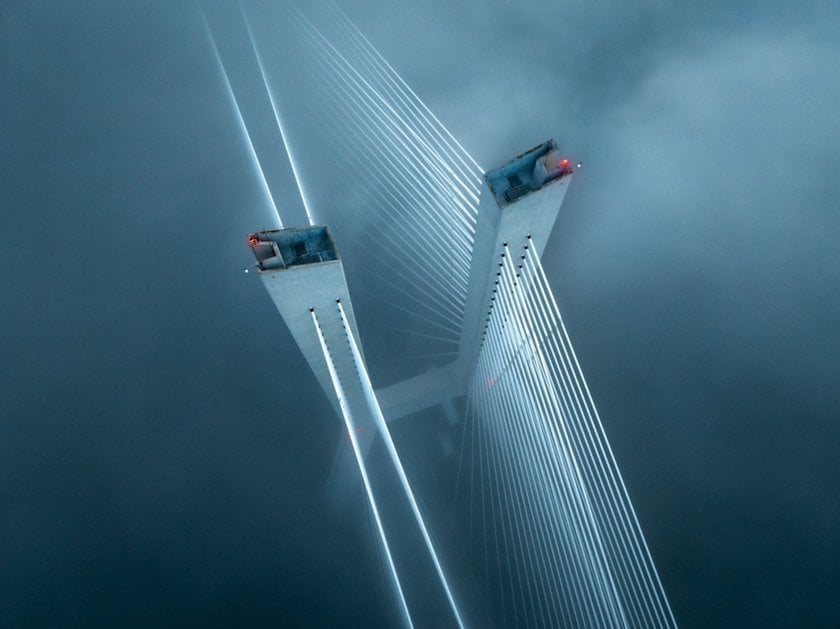
Leading lines. It tends to be used for a major portion of a picture. They can adopt a straight or curved shape. Additionally, they might be visible or subtle (such as train trails and river waves).
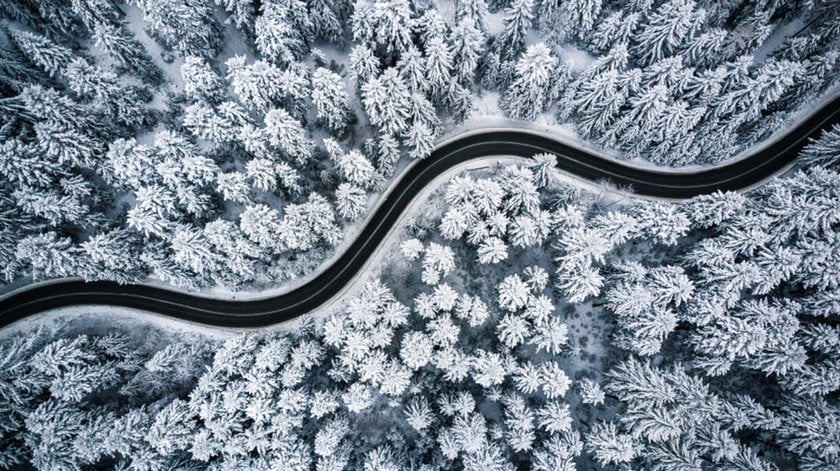
Rule of rings. A circle formed at each intersection of the lines. If you position your subject roughly within the ring, the classic rule of three will apply.
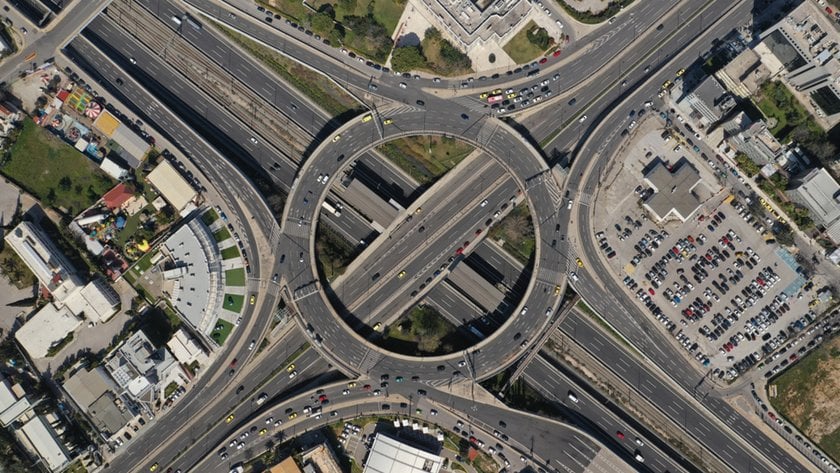
Furthermore, no composition can exist without color correction. Layering filters might help you get the desired atmospheric tone. For those who appreciate mathematics in photography, consider building a composition using the Fibonacci system and Leonardo da Vinci's golden ratio.
Weather, Light, and Timing
When it comes to drone aerial photography, the weather forecast is your greatest ally. While you can shoot in any conditions, it will be difficult to grasp a camera during a downpour. We'll talk about this further.
Planning Your Shoot Around Weather Conditions
 What is the ideal weather for aerial drone photography? Actually, in any season. It all relies on how you set up your drone. However, an edited sky is less alluring; somewhere inside, you'll suspect something's amiss. Visit forums and check the weather prediction to get the finest images.
What is the ideal weather for aerial drone photography? Actually, in any season. It all relies on how you set up your drone. However, an edited sky is less alluring; somewhere inside, you'll suspect something's amiss. Visit forums and check the weather prediction to get the finest images.
Fog and thick clouds require extra attention. Considering the drone has a limited view, these situations may not be as intriguing and captivating as when shooting from the ground. While pictures are permitted, such weather should be avoided.
Maximizing Natural Light: Golden and Blue Hours
Each exposure has a specific time of day when the atmosphere and natural light are optimal. The golden hour begins after dawn and ends at sundown. It is used in landscape photography and creates warm, soft lighting with long shadows. Blue hour, on the other hand, means twilight and morning. It can be compared to golden hour in that it has diffused sunlight and a rich blue sky. Recall the anime "Your Name" or Pixar's vivid skies? Blue hour is perfect for it. It is marvelous for urban photography.
Adjusting to Changing Lighting Conditions
Orbiting and expanding images are among the most fascinating in aerial drone photography, as they allow for more dynamic viewpoints. Orbiting shots must be carefully controlled, and they should use POI mode. Place the drone 30-50 feet off the subject and control the altitude to place the drone at the most flattering angle.
Expanding shots create anticipation by showing the subject little by little, mostly beginning behind some barrier and then climbing or moving to the front. A duration of 10-15 seconds creates the strongest value.
Post-Processing for Aerial Drone Photography
While a photo might look normal from a drone app, opening it in an editor can result in something unexpected, like noticeable glare or blur. That's why specialized photo editing software for beginners is so helpful. Want to know more about concerns and tools? We'll tell you right now.
Consequences of Drone Images
 A screwed-lined horizon is one of several telltale indicators of immigrants. Drone images with the all-too-familiar slanted horizon line are immature and should be avoided at all costs. It is really simple to rectify it both on location using the correct gimbal setting in the drone app and subsequently in post-production.
A screwed-lined horizon is one of several telltale indicators of immigrants. Drone images with the all-too-familiar slanted horizon line are immature and should be avoided at all costs. It is really simple to rectify it both on location using the correct gimbal setting in the drone app and subsequently in post-production.
Some overly saturated photographs, particularly those taken with HDR drone cameras, appear false and overdone. Examine the best examples of drone photography and determine whether your post-processing is "too much", phony, or overdone.
Top Editing Tools for Aerial Drone Photography in Luminar Neo
Luminar Neo has long been a go-to application for processing many types of pictures. However, drone photography is original, so what can the Skylum tool do? Some possibilities are listed in the table below.
Tool | Purchase |
Relight AI | Correcting overly dark or overly bright areas. |
Background Removal AI | Replacing the background with a more suitable one. |
GenExpand | Enlarging the frame to poster size. |
Overlays/ Glow/ Film Grain | Adding additional special effects. |
Light beams in the sky appear drastically as they fade and intensify than they do on the ground. Up in the skies, everything happens simply. As a result, post-processing will mainly include color correction and glare removal. This will take a fraction of the time to complete using Luminar Neo and its AI features!
Tips for Professional-Level Drone Aerial Photography
 If this isn't your first flight, you probably know the value of a landing pad or a good, fine brush. The truth is, even the best drone for photography doesn't guarantee the full beauty of your images. So what can help? Read on to find out.
If this isn't your first flight, you probably know the value of a landing pad or a good, fine brush. The truth is, even the best drone for photography doesn't guarantee the full beauty of your images. So what can help? Read on to find out.
Experimenting with HDR and AEB Techniques
Weather conditions and shooting at heights of 100 meters or above result in more flare and blown-out highlights than typical photography. To make things easier, the camera includes automatic exposure bracketing (AEB). This is a great tool for snapping pictures in poor lighting situations.
While you set your drone to HDR mode, the camera will collect many bracketed frames and automatically blend them together. This is a simple approach to expand the dynamic range of your photographs, though expert shooters will probably be unhappy with the side effects.
Using ND Filters for Better Image Quality
Settings and filters address challenges in low-light and action photography, with filters saving time on adjustments. ND filters let professionals use wider apertures in bright light, achieving shallow depth of field and strong bokeh while preventing overexposed highlights. Videographers require such equipment to maintain an appropriate shutter speed and follow the "180-degree rule." The following are a number of neutral density filters.
ND4. It can reduce 2 stops of light, allowing you to slow the shutter speed from 1/100s to 1/25s. Therefore, creative effects like motion blur in seas are developed.
ND8. This filter cuts 3 stops of light and is good for slight motion effects, like smoothing out rushing water. The shutter speed range is from 1/200s to 1/25s.
ND16. Drops the shutter speed from 1/400s to 1/25s. It's ideal for scenes like waterfalls, light trails, and action shots where longer exposure times are needed.
ND64. Mostly used for blurred motion effects in bright daylight. Drops the shutter speed from 1/10s to 1/2s.
When planning a drone aerial photographyshoot to shoot video footage, harsh sunlight limits the settings you can choose. At higher altitudes, intense light often causes overexposure. An ND filter reduces brightness, allowing more flexible camera settings. Using stronger ND filters lets you add motion blur and creative effects while maintaining proper exposure.
Human Elements in a Drone Aerial Photography
Humans are small creatures, owing to the fact that everything is relative. It makes no impression whether you're on top of a mountain or in the middle of the road. To give the pictures a feeling of proportion and context, combine your composition with conspicuous items like buildings, vehicles, or people.
How do you incorporate the human element into imaging with drones of untamed nature? You can come up close to things or shoot from a distance, catching the subject in its expansive surroundings. The possibilities for aerial drone photography are boundless, so get out there and find a 'never-before-shot' composition.
Breaking the Rules for Creative Results
To effectively break the rule of thirds in drone photography, focus on an object and use symmetry to create the right and impressive photo, or move out of your target and focus on it, and utilize it as a tiny thing in the vast landscape.
A centered composition has the ability to create an impression of peace, stillness, or grandeur, which a disordered composition might not. Backing up and reducing your subject to a tiny spot within a large picture stresses either the smallness or the vastness of the scene.
Monetizing Aerial Drone Photography
 It's hard to imagine any modern event without panoramic photos that show the scale of the celebration or event. A drone photo can be used later for social media posts or as a poster at the office entrance.
It's hard to imagine any modern event without panoramic photos that show the scale of the celebration or event. A drone photo can be used later for social media posts or as a poster at the office entrance.
Finding Clients and Building a Portfolio
Make a solid portfolio by taking landscapes, architecture, and events at no cost or reduced cost. Put your work on Instagram or Pinterest, build a website, and connect in your own town to create credibility and win paying customers.
Exploring Revenue Streams: Real Estate, Weddings, and More
Real estate listings, weddings, travel agencies, inspections, and commercial advertising all generate income. Real estate remains the most reliable option, while weddings and marketing campaigns generate the most revenue. Before partnering with an aerial drone photography company, check its specifications to make sure it meets the required quality standards for the segment.
Joining Professional Drone Aerial Photography Groups
LinkedIn, Facebook, and local drone association groups assist in finding professional contacts, distributing jobs, and educating about regulations. Membership comes with power, referrals, and keeps you informed about new technology and industry standards.
Final Thoughts
 Drone aerial photography allows you to make use of the expanse of space to create the best landscape ideas. Basic tools such as a drone app and an ND filter will assist you in realizing your concept. Meanwhile, Luminar Neo offers high-quality post-processing, making sure that your photographs look warm even on an overcast day.
Drone aerial photography allows you to make use of the expanse of space to create the best landscape ideas. Basic tools such as a drone app and an ND filter will assist you in realizing your concept. Meanwhile, Luminar Neo offers high-quality post-processing, making sure that your photographs look warm even on an overcast day.
FAQ
What are the best ways to capture dynamic patterns and textures in aerial drone photography?
Use top-down (nadir) shots to highlight geometry, crop fields, coastlines, or urban layouts. ND filters reduce glare on water or glass surfaces.
What are the best ways to edit aerial drone photography for a professional look?
Use RAW editing to balance highlights and shadows, apply lens correction, refine contrast, and enhance color grading for mood.
How can I avoid perspective distortion when shooting from high altitudes?
Shoot with the camera level, avoid extreme wide-angle tilt, and fly lower by using optical zoom.
What camera settings should I use for low-light aerial drone photography?
Set the aperture to around f/2.8, keep the ISO as low as possible to avoid noise, and use slower shutter speeds with gimbal stabilization.
What is the best drone for beginners in aerial photography?
Lightweight, easy to fly, with a stabilized 4K camera, obstacle avoidance, and RAW shooting. The DJI Mini 4 Pro is a good choice.














